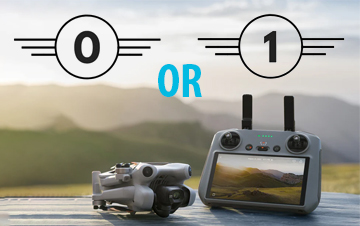The DJI Mini 4 Pro, a popular choice among drone enthusiasts, falls under two potential classifications: C0 or C1. Each category has its own set of advantages and disadvantages, impacting how and where you can fly the drone. Understanding these differences is crucial for making an informed decision about which category best suits your needs.
No certificate of competence required.
Can fly in urban areas, close to people and buildings.
Allowed to fly over uninvolved people but not over assemblies.
Must respect privacy at all times.
Definition of "Crowds or Assemblies"
In the context of drone regulations, "crowds and assemblies" refer to gatherings of people where individuals are densely packed, and there is no room for them to move away in case of a drone failure. Examples include concerts, sporting events, and large public gatherings. Flying drones over such assemblies is generally prohibited due to safety risks. The key concern is ensuring that in case of a malfunction, the drone does not pose a danger to people who cannot easily disperse to avoid injury.
Maximum altitude is 120 meters.
No Remote-ID, making authorizing flights in No Fly Zones impossible.
Adding aftermarket Remote-ID increases weight and cost.
Recording Issues: Green flashing lights switch off during recording, making the flight illegal.
Can fly in urban areas, close to people and buildings.
Remote-ID enabled.
Can fly up to 500 meters in specific areas.
Can record at night.
Cannot fly over uninvolved people.
Requires A1/A3 certificate.

The DJI Mini 4 Pro is distributed in C0 CLASS, but can be reclassified to C1 using provided labels. One has to evaluate the advantages and disadvantages prior to proceeding with the Class change as once done, the classification is irreversible.
The next blog will go through the process of switching to CLASS 1.

The DJI Mini 4 Pro, a popular choice among drone enthusiasts, falls under two potential...
READ MORE
The markings found on SD or microSD cards provide essential information for users to determine...
READ MORE
In FCC mode, there are 7 available channels in the 20MHz mode and 3 available...
READ MORE
Hey, drone enthusiasts! Welcome back to our Blog. Today, we've got something truly exciting in...
READ MORE
Lithium Polymer (LiPo) batteries are a staple in the RC hobbyist world, particularly in FPV...
READ MORE